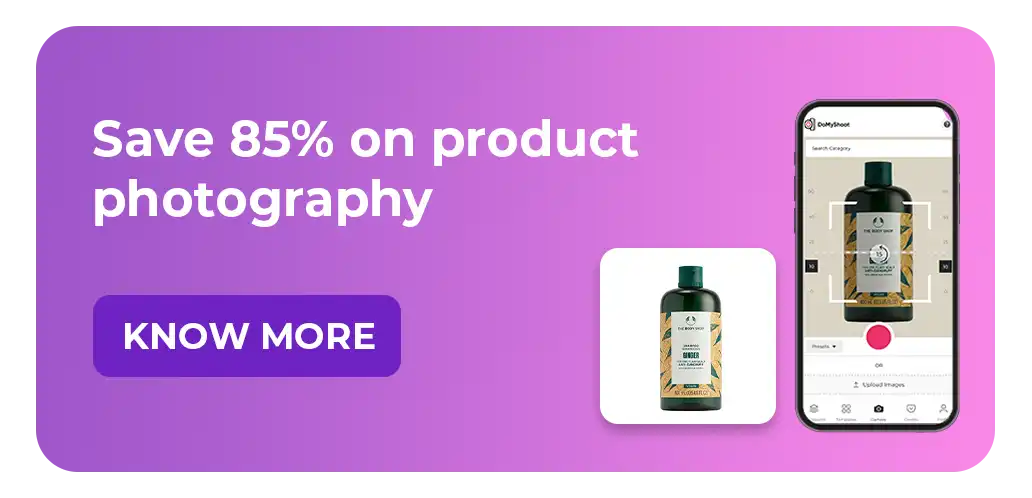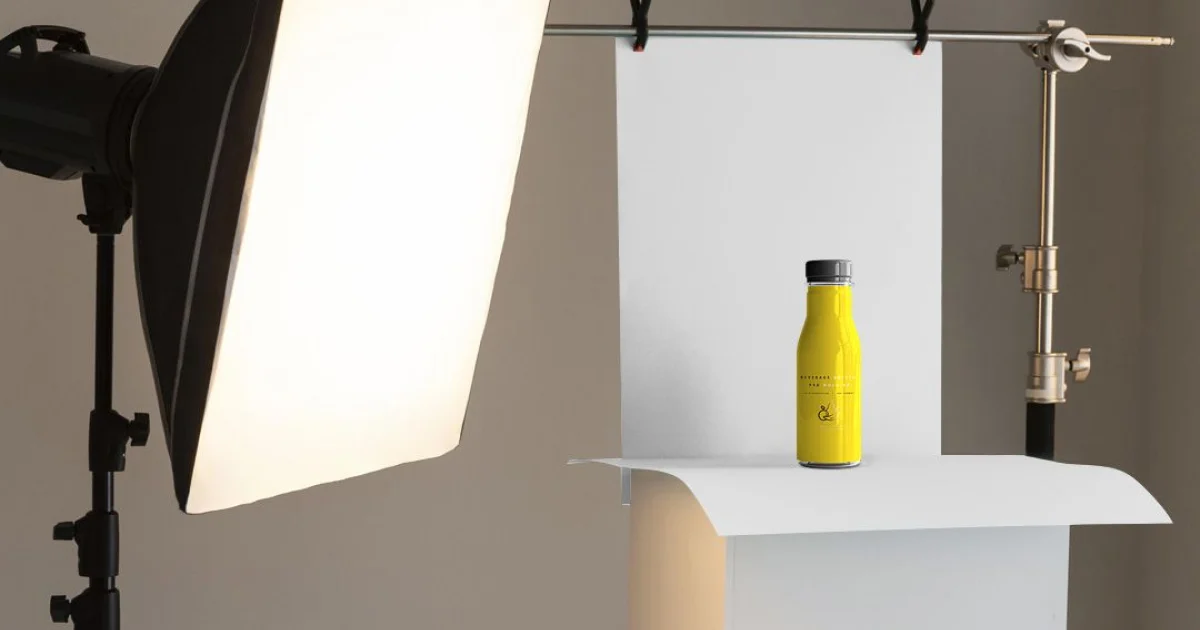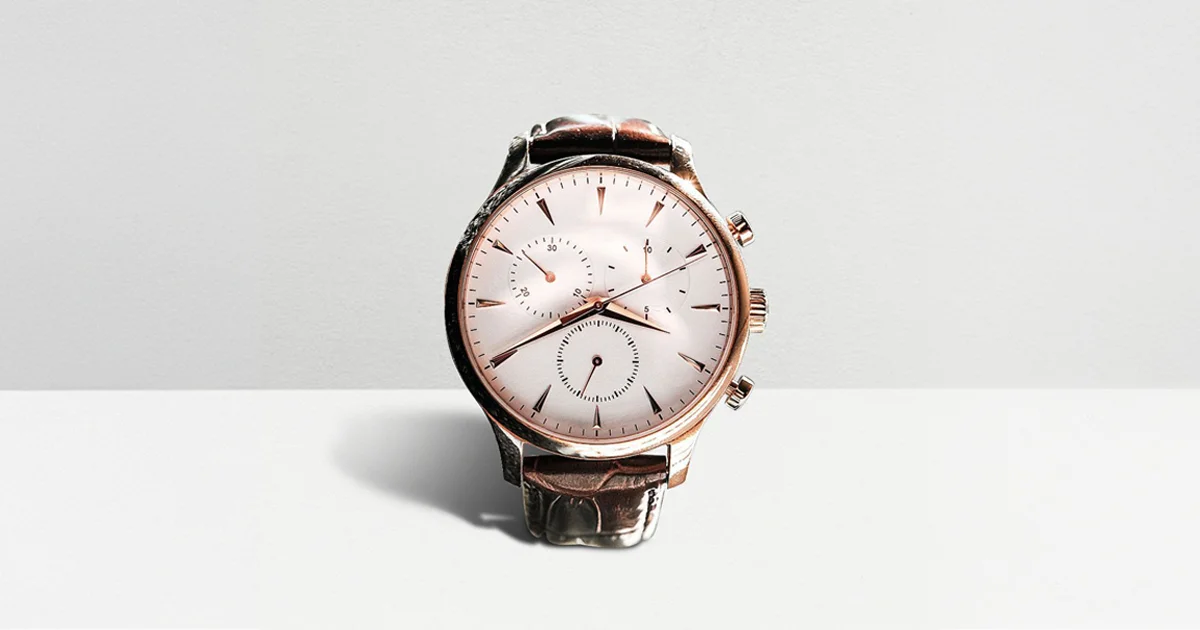Product photography is the backbone of online sales. A good quality product image can make products irresistible to the customers. However, it takes correct techniques to get the perfect shot.
This section serves as a quick product photography guide on lighting essentials. One of the major players in product photography is lighting. Showcasing the product with optimum light settings enhances the product’s appeal. Lighting in product photography is often tricky. It’s not just about having a light source that will illuminate the product, but a complete set of factors that help the product stand out.
There are multiple types of product photography lighting setups involved in product photography including -
- Key light - it is the main light source in product photography lighting setup. It is typically placed in front of the product but off-axis from the camera. It enhances the overall product visibility and image resolution.
- Fill lights - these are secondary lights with low intensity. It helps in even lighting around the product.
- Backlight - as the name suggests, it is placed behind the product. It provides a better definition of the product image.
Let’s have a look at why is good lighting essential to product photography and how we can use different product photography lighting techniques to enhance product images?
How can good lighting make a difference?
When it comes to product photography, selecting an appropriate product photography lighting setup is a prerequisite to obtaining professional quality images.
Light setup for product photography is the type of light source used in product photography. It can either be natural or artificial based on the need. The quality and placement of the light source are also factors in obtaining the desired tone, clarity, and emotion of the final image.
The product photography lighting equipment should be positioned in such a way that it highlights the features of the product and makes it visually appealing to the customers. Product photographers can also play with angles and curves to optimize which part of the subject to illuminate. It helps sellers to harness the light source in an effective way for every product.
Also Read : Product Photography DIY Guide for 2024
Based on how the sellers want to portray their product, different types of light can be used in product photography lighting setup. For example, hard light emphasizes the angles in a product that isn’t flat, whereas soft light smoothens the product features. In addition, light patterns such as continuous lighting and synchronized lighting also play a critical role.

5 best tips for product photography lighting setup
Following are some of the major tips and tricks to have the best lighting setup for product photography. Here are 5 of the best lighting tips to improve your shots -
1. Get creative and use simple props to improve lighting
Sellers don’t need a complete professional setup to do product photography. Even a DIY product photography approach works when you are using AI for photography. They can use a few simple techniques to illuminate the products better. For example, if a diffuser isn’t available then a white sheet or plasterboard can be used instead.
For a budget-friendly setup, a regular lamp with a tungsten bulb can be used. Cover the tip with a white sheet to diffuse the light around the product. Fix the camera on a tripod for steady shots and capture images against a plain wall or a white paper clamped in the background to yield professional results.

2. Properly set up studio lights
Based on the need, different categories of studio lights can be used to obtain desired results. Three types of studio lights majorly in the product photography are -
Fluorescent lights
Fluorescent lights are low output but energy-efficient lights. These are usually 60-100 watts. They are readily available and are affordable lights. However, sometimes it may cause the image to have an undesired tint.
LEDs
Incorporating affordable product photography equipment, like LEDs which are also energy-efficient lights. These consist of multiple small light-emitting diodes which make them last longer. They can also be used for long hours as they produce very less heat.
Tungsten light
Tungsten lights are inexpensive and are majorly used in continuous light product photography softboxes. These are high output adjustable lights. Users can change the color temperature and brightness level based on their needs. However, they generate a lot of heat.
Ring light for product photography and continuous light product photography softbox are most popular for eCommerce platforms. For best results, the light setup for product photography should have three softbox lights, an overhead light, and at least two sidelights.
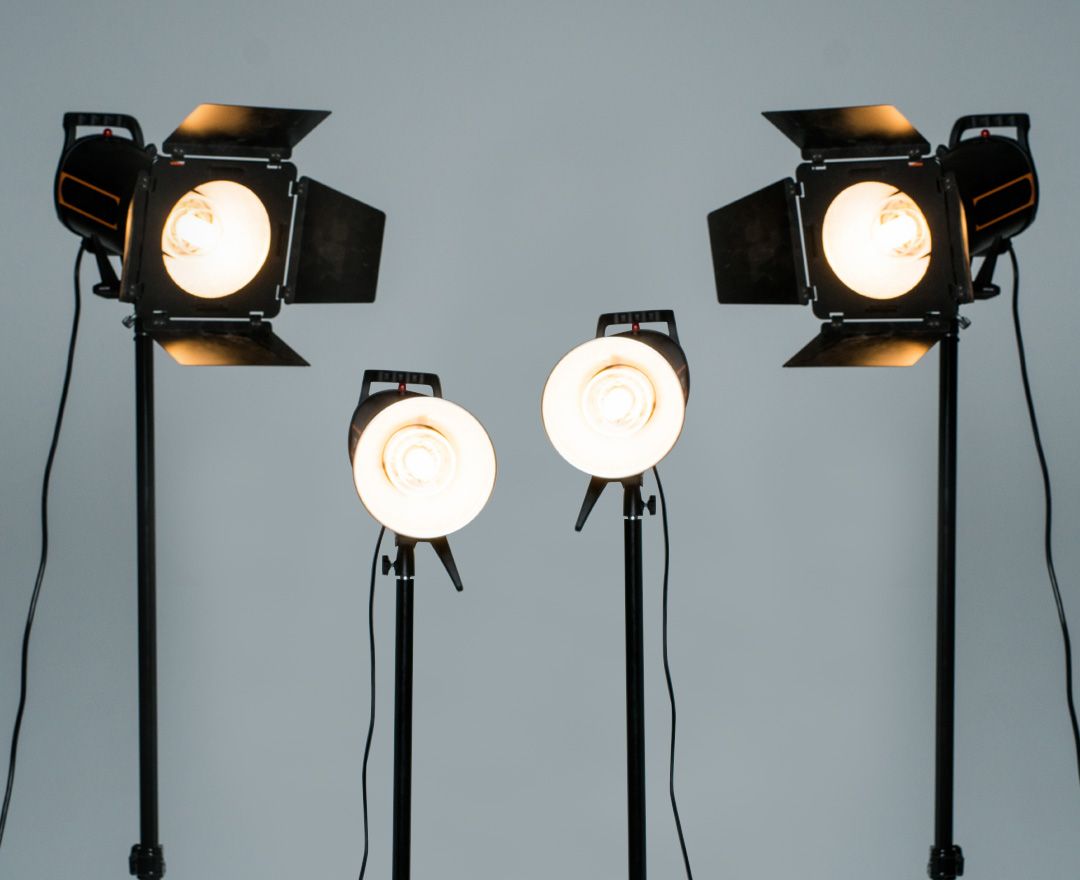
3. Avoid reflections
Many products like jewelry, glass, and bottles have reflective surfaces that make them difficult to photograph. Reflective surfaces of such products bounce light in unwanted directions compromising the product photo quality. In some cases, even the product colors look different. This could be misleading for buyers. Users can avoid this by using a photography-toned bulb with white light.
Product shadows and camera reflections are unnecessary distractions that are often caused by reflective surfaces. What if you photograph an emerald ring and see the camera lens’s reflection in it? How tedious would it be to remove such pesky details in editing? It is just an unnecessary and extended task. So, sellers are advised to not compromise on the arrangement of lights in product photography until they find the perfect configuration.
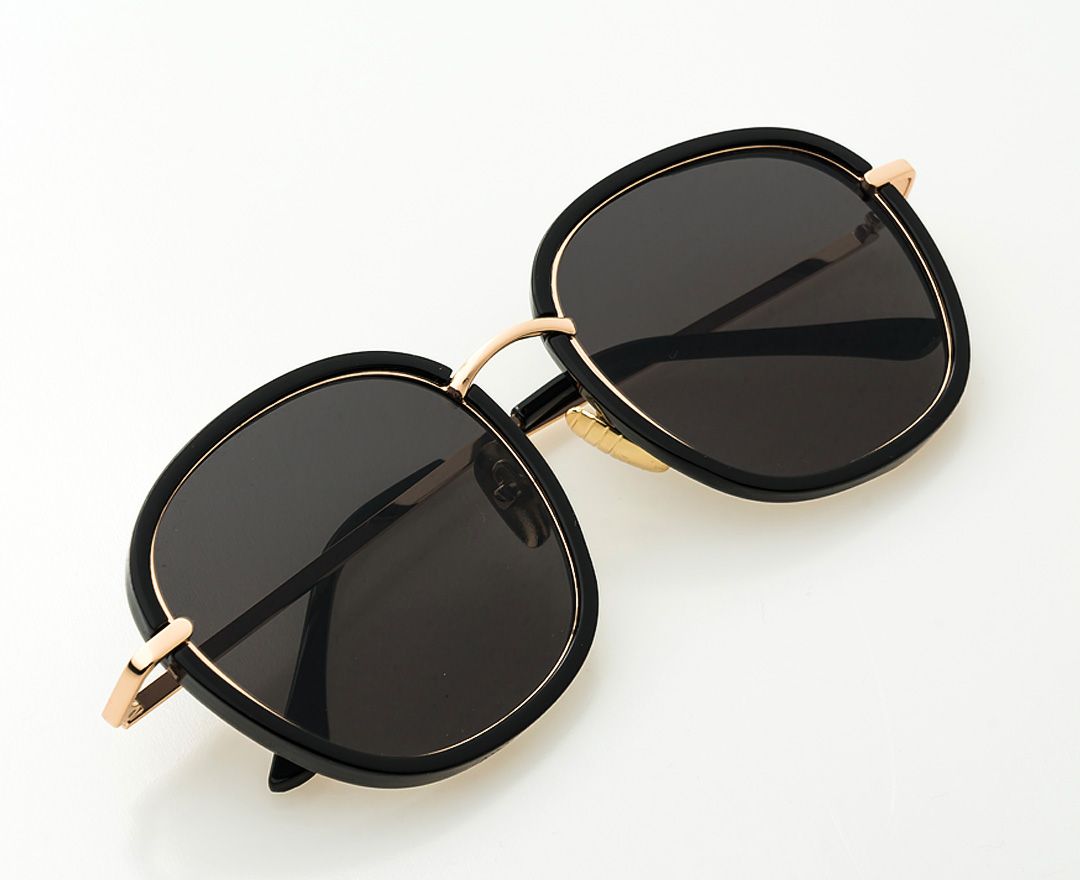
4. Different options for background lighting
The key to a good product photoshoot is to make sure that your product stands out in the image captured. How can this be achieved? The right light arrangement in product photography makes it bright enough to grab the complete attention of the buyers.
Users also need to experiment with the parameters of illumination to get the perfect shot. It also differs based on the eCommerce platform for which product photography is being done. Following are a few options that can be used to obtain professional product captures.
a) Use ring lights for bright front lighting. A diffuser can also be used in combination for uniformity. This is also the best lighting setup for headshots.
b) Overhead octagonal softboxes can be used for intense shots of darker products. It gives the product an edgy and ambiguous look.
c) Do not use direct front light for reflective products. Even for other products, the direct front light can be too bright sometimes. In such cases, sellers can use a fast lens at a low aperture.
d) For reflective products, the best way is to use two lights on the sides. However, users still need to optimize the perfect angle to avoid any pesky reflections.
e) Three-light setups can offer a variety of coverage in product photography. It can be used to capture detailed shots, emphasize form, differentiate background from the product, etc.
5. Feel free to use natural lighting
Natural light with light curtains as diffusers can be used as a substitute source of soft light in product photography. The basic trick is to not shoot when the sun is high up. It can lead to overexposed shots with uneven lighting. However, shots captured when the sun starts to descend often yield soft yet bright and evenly lighted product images. This is one of the best setups for tabletop photography lighting.
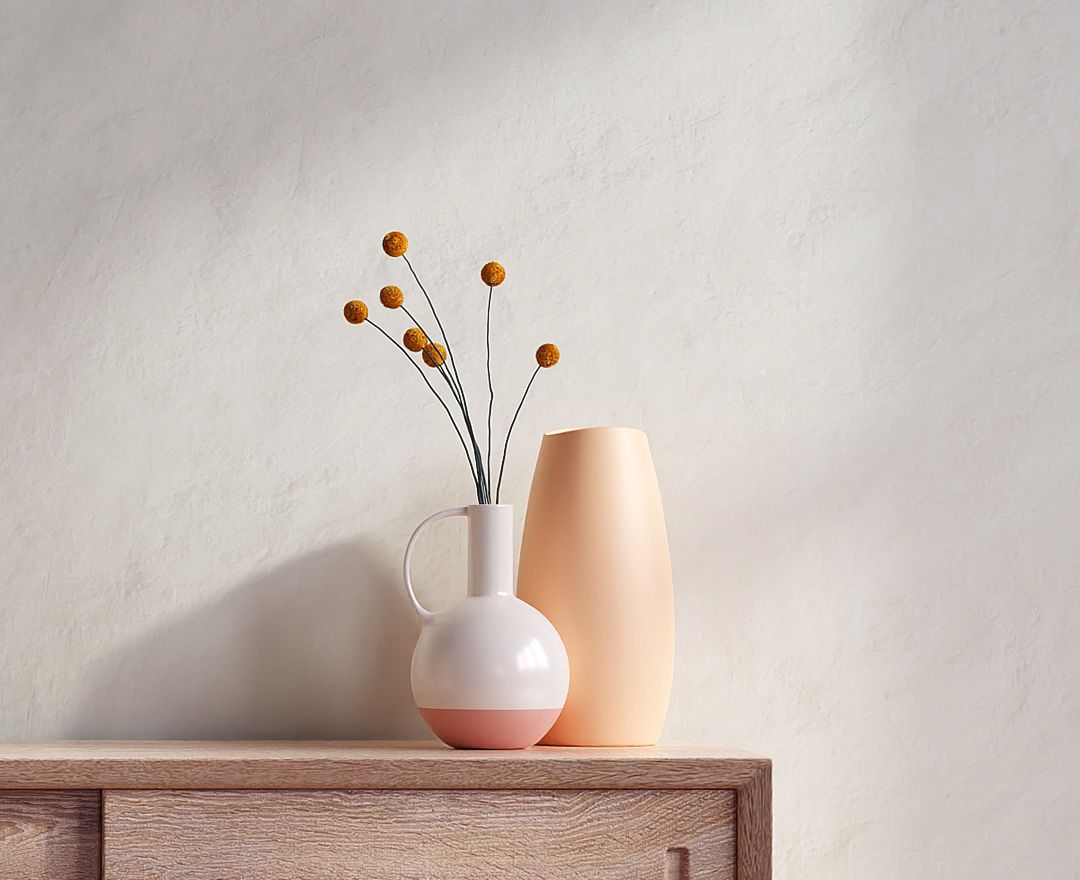
Wrapping it up
Using the right product photography lighting setup is key to a successful shoot. However, it does not have a protocol to it. The lighting arrangements vary for every product based on the size, material, surface texture, and more. It takes a lot of experimentation to optimize the right conditions.
Sellers should research before planning a professional shoot for their product. They can do so by browsing through catalogs and finding images of similar products online. It will help them understand different possibilities.
To ease this process, several applications and tools can automate the optimization part of product photography. They often provide in-built features that provide ready-to-use photographs that comply with the eCommerce platform guidelines.
One such app is DoMyShoot. It comes with in-app guides which makes it easy for even non-professionals to conduct product photography. Users can simply select the eCommerce platform that they need the product images for, click the image, and submit it. Rest all is automated which includes compliance with the guidelines, image quality, editing, and more.
